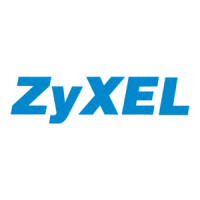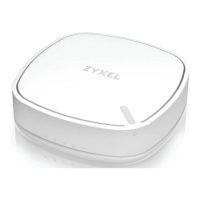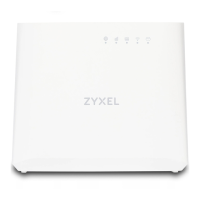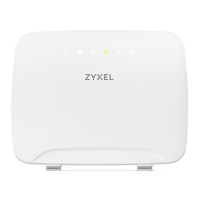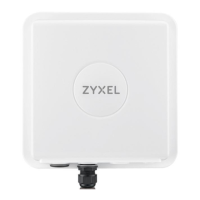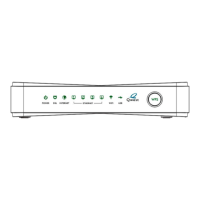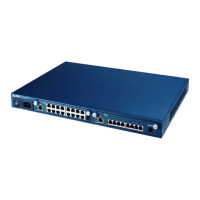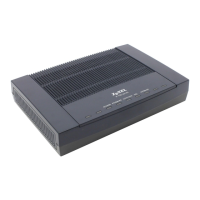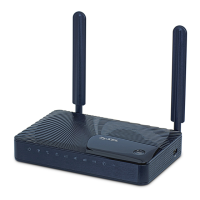MES3500 Series User’s Guide
115
CHAPTER 13
Spanning Tree Protocol
The Switch supports Spanning Tree Protocol (STP), Rapid Spanning Tree Protocol (RSTP) and
Multiple Spanning Tree Protocol (MSTP) as defined in the following standards.
• IEEE 802.1D Spanning Tree Protocol
• IEEE 802.1w Rapid Spanning Tree Protocol
• IEEE 802.1s Multiple Spanning Tree Protocol
The Switch also allows you to set up multiple STP configurations (or trees). Ports can then be
assigned to the trees.
13.1 STP/RSTP Overview
(R)STP detects and breaks network loops and provides backup links between switches, bridges or
routers. It allows a Switch to interact with other (R)STP-compliant switches in your network to
ensure that only one path exists between any two stations on the network.
The Switch uses IEEE 802.1w RSTP (Rapid Spanning Tree Protocol) that allows faster convergence
of the spanning tree than STP (while also being backwards compatible with STP-only aware
bridges). In RSTP, topology change information is directly propagated throughout the network from
the device that generates the topology change. In STP, a longer delay is required as the device that
causes a topology change first notifies the root bridge and then the root bridge notifies the
network. Both RSTP and STP flush unwanted learned addresses from the filtering database. In
RSTP, the port states are Discarding, Learning, and Forwarding.
Note: In this user’s guide, “STP” refers to both STP and RSTP.
13.1.1 STP Terminology
The root bridge is the base of the spanning tree.
Path cost is the cost of transmitting a frame onto a LAN through that port. The Switch supports both
the short and the long path cost methods. The original short path cost method uses a 16-bit value.
The long path cost method allows the Switch to use longer path length (32-bit values) for high-
speed links. The default cost is assigned according to the speed of the link to which a port is
attached. The slower the media, the higher the cost.
Table 29 STP Path Costs
LINK SPEED
DEFAULT VALUE
(SHORT)
DEFAULT VALUE
(LONG)
ALLOWED RANGE
Path Cost 10Mbps 100 2,000,000 1 to 200,000,000
Path Cost 100Mbps 19 200,000 1 to 200,000,000
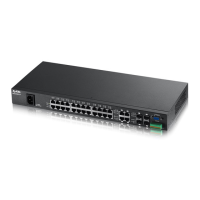
